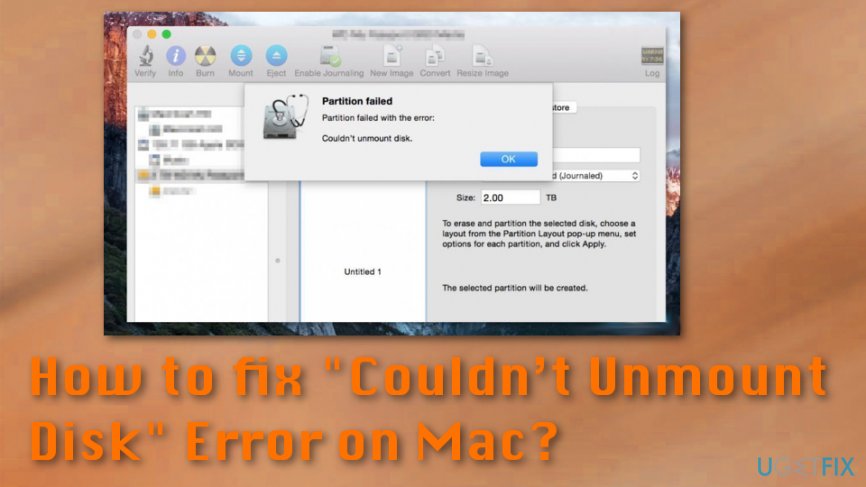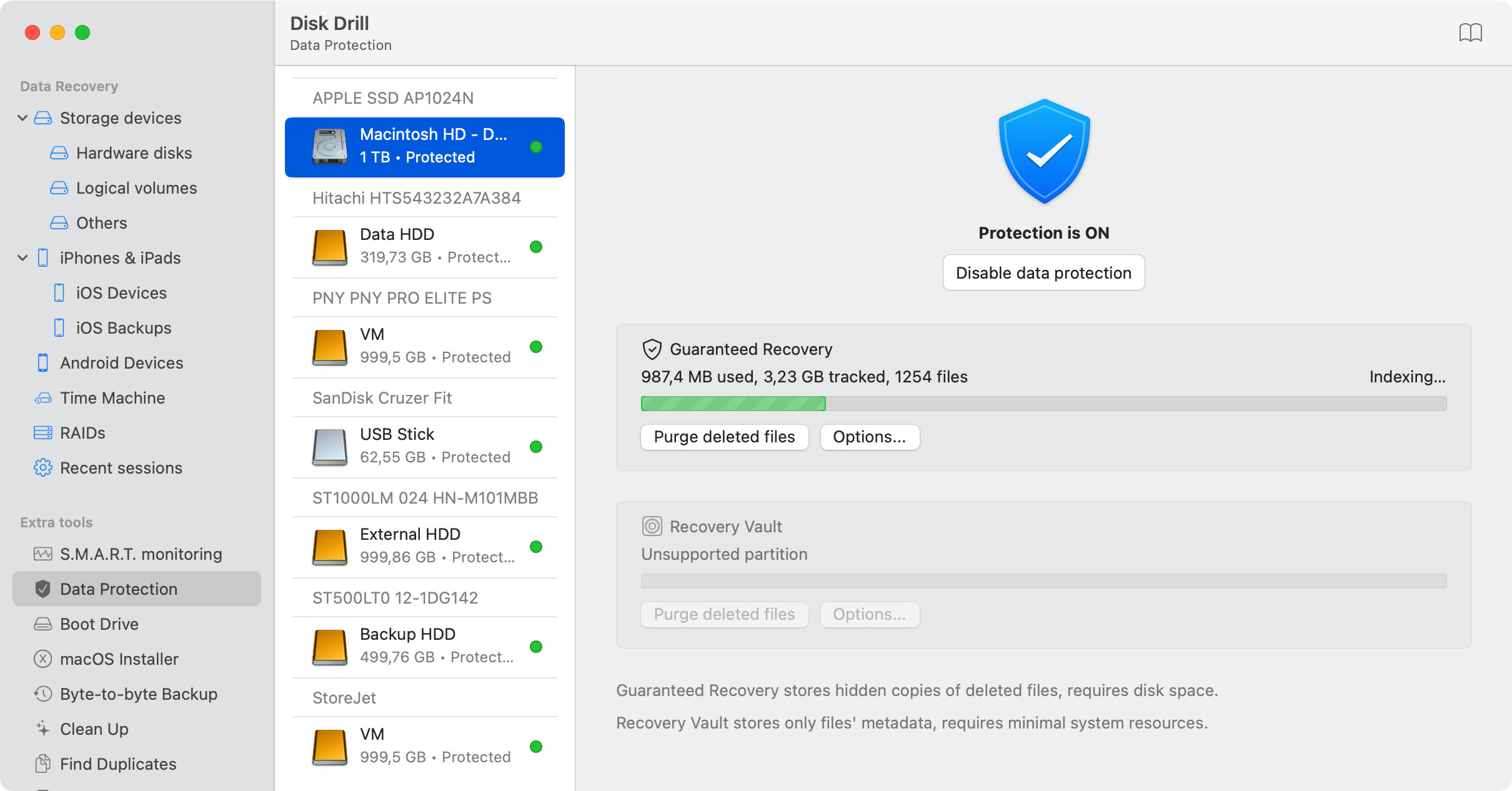

Without it, your operating system wouldn’t be able to tell where one partition starts and another begins, and you would have no way of accessing your files.

Regardless of which of the above-described partition types you choose, the information about them is always stored in a special subset of a storage device, called partition table. The former is a very simple file system that doesn’t support files larger than 4 GB, while the latter is the latest incarnation of FAT, offering optimization for flash-based storage devices and support for large file sizes.
#BEST MAC UTILITY PARTITION REPAIR MAC OS#
Mac OS Extended (HFS+): HFS+ was the default file system in macOS 10.12 and earlier.There are sub-types of APFS: plain APFS, encrypted APFS, case-sensitive APFS, and encrypted and case-sensitive APFS. This file system is fully optimized for modern flash and solid-state storage devices, and it offers robust encryption, snapshots, fast directory sizing, and many other useful features one would expect a modern file system to have. Apple File System (APFS): All Macs with macOS 10.13 or later use APFS as their default file system.Like other operating systems, macOS supports multiple partition types: To understand the Mac partition data recovery methods described in this article, you need to know the differences between different Apple disk partition types, also known as file systems. Partitions are especially useful when working with large hard drives because they make it possible to segment the drive into multiple smaller units, which can then be used for different purposes.
#BEST MAC UTILITY PARTITION REPAIR HOW TO#
How to Prevent Hard Drive Partition Loss?Ī partition is a logical region on a storage device that appears in macOS as a separate storage area, hierarchically structured under the associated storage device.Is It Possible to Repair Partitions on a Mac?.Method 2: Perform Complete Partition Recovery on a Mac.Method 1: Recover Specific Files from a Mac Partition.


 0 kommentar(er)
0 kommentar(er)
